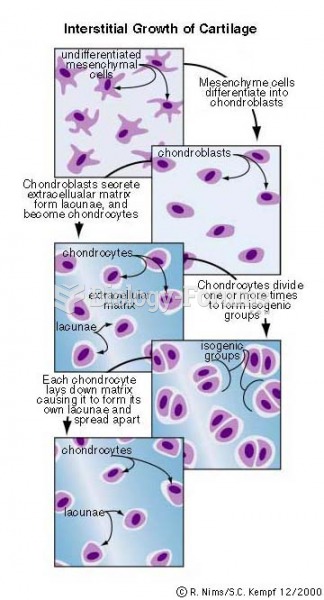Answer to Question 1
B
Feedback
A The interstitial portion runs into the uterine cavity. This area is too close to the
uterine body for fertilization to occur; it would lead to improper placement for
implantation.
B The ampulla is the wider middle part of the tube lateral to the isthmus and is
where fertilization occurs.
C The isthmus is the narrowest portion of the tube.
D The infundibulum is the end of the tube that opens into the abdominal cavity.
Fertilization at this area may lead to an abdominal pregnancy.
Answer to Question 2
4
Rationale:
1. Because the breakdown of malignant cells releases intracellular components into the blood, and electrolyte imbalance causes metabolic acidosis, the urine-specific gravity should remain lower than 1.010 and the pH at 77.5. A specific gravity higher than 1.010 can mean fluid intake is not high enough, and a pH lower than 7 means acidosis.
2. Because the breakdown of malignant cells releases intracellular components into the blood, and electrolyte imbalance causes metabolic acidosis, the urine-specific gravity should remain lower than 1.010 and the pH at 7 to 7.5. A specific gravity higher than 1.010 can mean fluid intake is not high enough, and a pH lower than 7 means acidosis.
3. Because the breakdown of malignant cells releases intracellular components into the blood, and electrolyte imbalance causes metabolic acidosis, the urine-specific gravity should remain lower than 1.010 and the pH at 7 to 7.5. A specific gravity higher than 1.010 can mean fluid intake is not high enough, and a pH lower than 7 means acidosis.
4. Because the breakdown of malignant cells releases intracellular components into the blood, and electrolyte imbalance causes metabolic acidosis, the urine-specific gravity should remain lower than 1.010 and the pH at 7 to 7.5. A specific gravity higher than 1.010 can mean fluid intake is not high enough, and a pH lower than 7 means acidosis.







